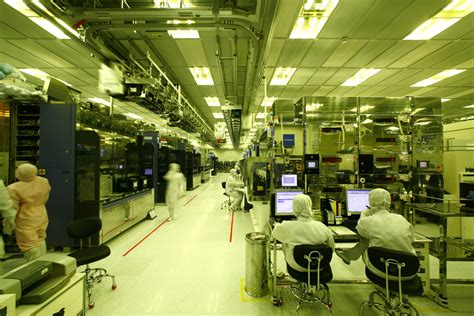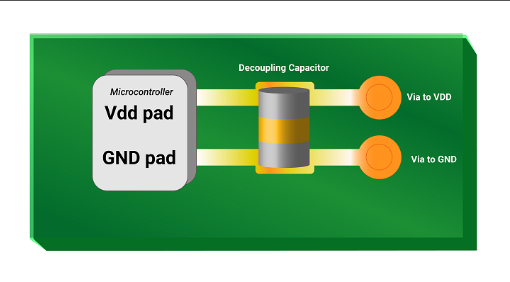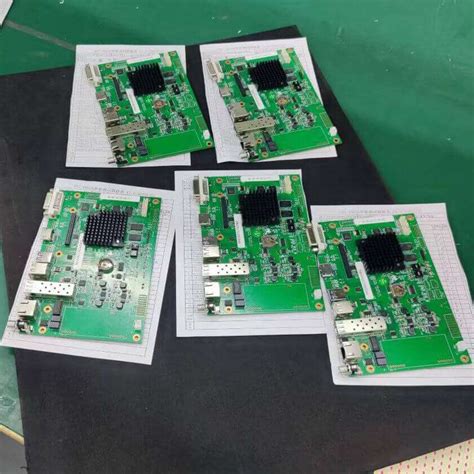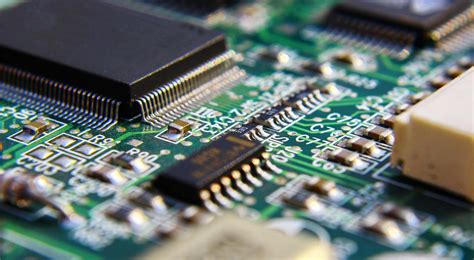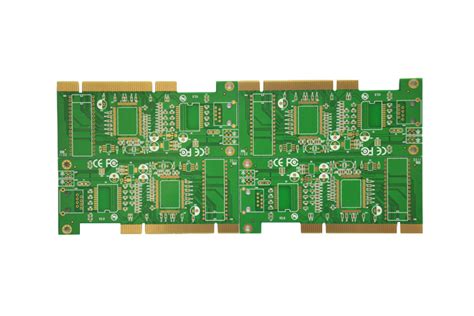Understanding Circuits Assembly Processes and Best Practices
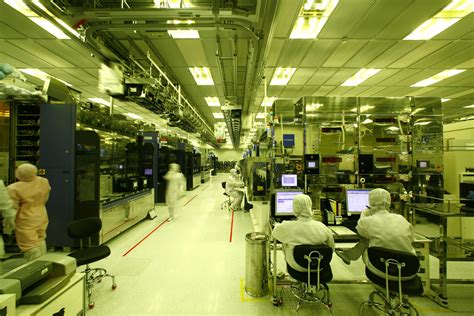
Key Takeaways
In the world of pcb assembly, understanding the nuances of pcba processes can significantly enhance the functionality and reliability of electronic projects. One of the main takeaways is that meticulous attention to detail during the circuit assembly process is crucial. Employing effective techniques such as optimal soldering methods, proper component placement, and temperature control can help in achieving both performance and longevity in electronic devices. Additionally, adopting best practices—like conducting pre-assembly checks and implementing standardized processes—can lead to improved efficiency and higher quality outputs. Quality control measures should not be underestimated; regular inspections and testing throughout the assembly process ensure adherence to specifications and mitigate defects before they become costly issues. Moreover, the right tools and equipment play a pivotal role in facilitating smooth assembly, enabling precise work that contributes to a successful assembly outcome. As challenges such as component shortages or design complexities arise, having clear problem-solving strategies is essential for maintaining workflow without compromising quality. Ultimately, keeping abreast of future trends in circuit assembly technology will empower professionals in making informed decisions, adapting their methods for better performance in an ever-evolving industry landscape.
Introduction to Circuits Assembly
Circuits assembly is a pivotal aspect of electronics manufacturing, encompassing a range of processes that bring together various components to create functional electronic devices. Understanding the intricacies of this process can significantly enhance efficiency and quality in production. Within pcb assembly, also known as pcba, several techniques are employed to align components accurately, ensuring that the final product meets design specifications. These techniques include surface mount technology (SMT), which allows for a more compact design by mounting components directly onto the surface of the circuit board, and through-hole technology (THT), which requires leads to be inserted into drilled holes on the pcb. By combining these different methods, manufacturers can achieve improved performance and reliability in their electronic projects. Emphasizing best practices, such as proper soldering techniques and thermal management, is critical for reducing defects and enhancing overall throughput. As professionals delve into circuits assembly, they will discover that refining their processes not only boosts productivity but also fosters innovation within pcba methodologies, ultimately leading to superior electronic devices that meet the demands of the market.
Key Techniques in Circuits Assembly
In the realm of pcb assembly, understanding the fundamental techniques is crucial for achieving optimal performance and reliability. One of the primary techniques involves surface mount technology (SMT), which allows for efficient assembly of components directly onto the surface of PCBs, minimizing space and enhancing reliability. This method is pivotal for modern electronics, particularly in the production of pcba where compact designs are often required. Another essential technique is through-hole technology, which enables components to be inserted into holes drilled in a PCB, providing strong mechanical connections suitable for high-stress applications. It’s also important to implement comprehensive pick and place systems that automate the component placement process, significantly increasing assembly speed and precision.
Using precise alignment tools during placement reduces misalignment errors that can lead to faults in circuit functionality, thereby ensuring a higher quality end product. Furthermore, incorporating techniques such as reflow soldering and wave soldering solidifies connections between components and PCBs while improving thermal performance. Continuous training on these key techniques for your assembly team can lead to enhanced skills and better outcomes.
Investing in advanced tools like automatic optical inspection (AOI) systems helps identify manufacturing defects early in the process, safeguarding quality throughout the production cycle. In summary, mastering these key techniques not only fosters a deeper understanding of circuits assembly but also propels efficiency and elevates the overall standard within electronic project development.
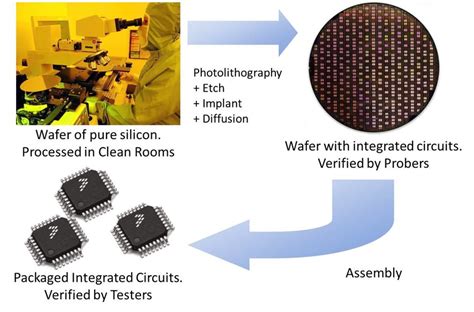
Best Practices for Enhanced Efficiency
To maximize efficiency in pcb assembly, it is essential to implement best practices that streamline the production process. Adopting a well-structured workflow can significantly reduce cycle times and enhance output quality in pcba operations. One of the foundational practices involves thorough planning and preparation, ensuring that all components are readily available and organized before assembly begins. This includes maintaining accurate inventory management to avoid delays caused by missing parts.
Incorporating automation where feasible can also improve efficiency; automated assembly machines help maintain consistent quality while speeding up production rates. Regular training for staff on new technologies and processes is equally important, as skilled operators are crucial for minimizing errors during assembly. Moreover, implementing a continuous feedback loop can facilitate ongoing improvements in the process, allowing teams to adapt swiftly to challenges and capitalize on successful strategies.
Another vital aspect is the use of quality control measures throughout the pcb assembly stages. This proactive approach ensures that defects are identified and corrected early, reducing rework and associated costs. Regular audits of processes and technology will help pinpoint inefficiencies, suggesting areas for enhancement while ultimately contributing to improved overall performance in electronic projects. By focusing on these best practices, professionals can better navigate the complexities of pcba, advancing both efficiency and product reliability in their work.
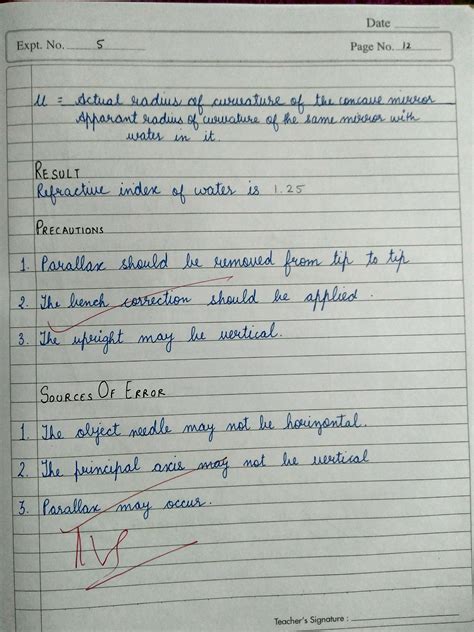
Quality Control Measures in Assembly Processes
Quality control is an essential aspect of pcb assembly processes, ensuring that each stage of production adheres to strict standards and specifications. The implementation of effective quality control measures can significantly reduce errors and enhance the reliability of the final products, such as pcba (Printed Circuit Board Assembly). One of the first steps in quality control involves establishing clear inspection criteria at various points in the assembly process. This includes both visual inspections and automated testing methods to detect potential issues early on.
To illustrate how these measures can be categorized, we can examine a simplified quality control framework:
| Quality Control Measure | Description |
|---|---|
| Incoming Material Inspection | Testing the raw components for defects before they enter the assembly line. |
| In-Process Testing | Performing checks at different stages during assembly to catch errors timely. |
| Final Product Inspection | Comprehensive testing of completed assemblies to ensure functionality and compliance. |
| Feedback Loop | Gathering data from inspections to continuously improve assembly processes. |
Utilizing tools such as automated optical inspection (AOI) systems can further bolster these quality checks by augmenting human oversight with precise technology, ensuring that even minute defects are not overlooked. Furthermore, fostering a culture of continuous improvement among team members encourages proactive identification of potential issues, thus enhancing the overall efficiency and quality of pcb assembly processes.
By integrating these robust quality control measures into the circuits assembly workflow, professionals can ensure that their pcba projects meet both performance standards and customer expectations, effectively setting a foundation for ongoing success in electronic manufacturing endeavors.
Tools and Equipment for Effective Circuits Assembly
Effective circuits assembly hinges not only on skilled technicians but also on the right tools and equipment. For pcb assembly processes, advanced machinery like automated pick-and-place machines streamline component placement, significantly reducing assembly time and increasing accuracy. Alongside these machines, manual tools such as precision soldering irons and handheld multimeters remain essential for tasks that require fine control and detailed inspection.
Investing in proper workstations equipped with anti-static mats can minimize the risk of damage to sensitive components during assemblies. Furthermore, specialized software tools are increasingly important for designing layouts; they aid in creating effective designs that maximize the pcba efficiency while minimizing waste. In addition to physical tools, ensuring that all equipment is regularly maintained is crucial for preventing bottlenecks in production.
Incorporating testing equipment like X-ray machines can further enhance quality control by allowing thorough inspections of solder joints and verifying component placement before the final product reaches customers. By understanding and utilizing these essential tools, professionals can enhance the overall performance of their electronic projects, ensuring quality outcomes in every instance of circuits assembly.
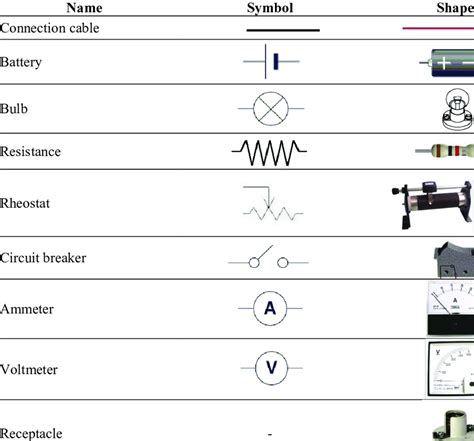
Common Challenges and Solutions in Circuits Assembly
In the realm of pcb assembly, professionals encounter a variety of challenges that can hinder productivity and affect the final product’s quality. One prevalent issue is the complexity of assembling intricate circuit designs, which may lead to errors during the soldering process or misalignment of components. To mitigate these risks, employing advanced technologies such as automated pick-and-place machines can streamline the assembly process and enhance accuracy. Another challenge lies in selecting the appropriate materials; inferior components can compromise the integrity of pcba (Printed Circuit Board Assembly). Therefore, it is crucial to establish strong relationships with reputable suppliers to ensure high-quality inputs. Additionally, maintaining effective communication among team members during assembly is vital; poor coordination can lead to misunderstandings and mistakes. Implementing collaborative tools and holding regular briefings can significantly improve team synergy. Furthermore, the testing phase is critical in circuits assembly as defects must be identified early in production to avoid costly rework. Using methods like in-circuit testing (ICT) or functional testing helps pinpoint issues efficiently and ensures that the final product meets all specifications. By addressing these challenges with well-thought-out solutions, professionals can enhance performance and reliability in their electronic projects, ultimately leading to greater project success.

Future Trends in Circuit Assembly Technology
As the electronics industry continues to innovate, pcb assembly processes are expected to evolve significantly. One of the most notable trends is the increasing integration of automation and robotics in pcba. Automation not only streamlines production but also enhances precision, thereby reducing the likelihood of errors during assembly. Moreover, advancements in Artificial Intelligence (AI) are paving the way for smarter assembly lines that can adapt to changes in demand and optimize workflows dynamically. Another trend is the growing emphasis on sustainability; manufacturers are focusing on eco-friendly materials and processes, responding to environmental concerns while also meeting regulatory standards.
Additionally, the rise of Internet of Things (IoT) devices demands more complex circuit designs, prompting innovations in circuit assembly techniques that can accommodate multilayered substrates and advanced component placement. Such advancements will drive the need for improved training and upskilling within the workforce to handle sophisticated technologies effectively. Furthermore, as miniaturization remains a focal point in electronic design, pcba processes will increasingly rely on precision equipment capable of handling tiny components and densely packed layouts.
In summary, the future of pcb assembly is poised for transformative changes driven by technology, sustainability mandates, and evolving consumer needs, which will fundamentally reshape how electronic devices are assembled.
Conclusion and Recommendations for Professionals
In conclusion, optimizing pcb assembly processes is essential for achieving high-quality pcba outcomes. Professionals in the electronics field are encouraged to adopt the best practices and key techniques discussed throughout this article. By focusing on improving efficiency and maintaining rigorous quality control measures, practitioners can significantly enhance the performance of their assembly methods. It is advisable to invest in modern tools and equipment, as these can streamline operations and reduce error rates in circuits assembly. Furthermore, staying informed about future trends will empower professionals to adapt quickly to industry changes that can impact their assembly practices.
“Efficiency is not just about speed; it’s about precision and quality working hand in hand.”
By incorporating continuous improvement strategies, professionals will not only solve common challenges but also elevate their overall performance in electronic project delivery. The journey towards excellence in circuits assembly is ongoing; therefore, regular assessments of current methodologies, alongside open communication with peers, will facilitate a culture of innovation and enhancement within the industry.
Conclusion and Recommendations for Professionals
In summary, effective pcb assembly and its associated processes are vital for ensuring the quality and efficiency of electronic projects. As we’ve explored throughout this article, the integration of key techniques in pcba, including precision soldering and efficient layout design, can significantly improve outcomes. Professionals seeking to enhance their assembly methods should adopt best practices such as thorough pre-assembly inspections and robust quality control measures to mitigate potential issues early on. Utilizing the right tools and equipment is equally crucial for achieving optimal performance in circuits assembly. It is also essential to stay apprised of common challenges faced in this field—ranging from component misalignment to thermal management concerns—and apply effective solutions tailored to each situation. Embracing future trends in circuit assembly technology will not only elevate the quality of products but also streamline operations, thus paving the way for innovations in electronic design and manufacturing. Adopting these recommendations will assist professionals in navigating the complexities of circuits assembly while maximizing both efficiency and product integrity.
FAQs
What is PCB assembly?
PCB assembly, or PCBA, is the process of connecting electronic components to a printed circuit board (PCB) to create a functional electronic device.
What are the main techniques used in circuits assembly?
Key techniques in circuits assembly include surface mount technology (SMT), through-hole technology, and mixed technology, each offering distinct advantages depending on the design and application.
How can I enhance efficiency in PCB assembly?
Enhancing efficiency in PCB assembly can be achieved by employing automated machinery, optimizing the layout of components on the board, and utilizing effective workflow management strategies.
What quality control measures should be implemented?
Quality control measures typically involve rigorous testing at various stages of the assembly process, including visual inspections, continuity tests, and automated optical inspection (AOI).
What tools are essential for effective circuits assembly?
Essential tools for effective circuits assembly include soldering irons, pick-and-place machines for SMT, reflow ovens for soldering processes, and inspection tools to check completed assemblies.
What challenges are commonly faced during PCB assembly?
Common challenges include component misalignment, soldering defects, and thermal stress. Implementing precise manufacturing practices can mitigate these issues.
For more detailed insights on optimizing your processes and improving performance in your electronic projects, please click here: Andwin PCB Assembly

